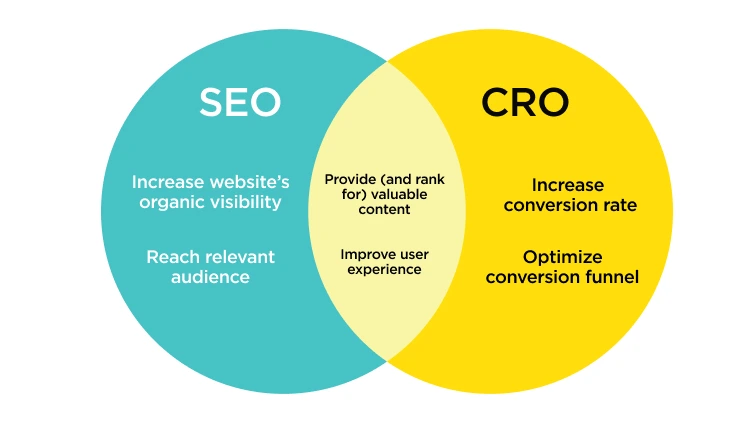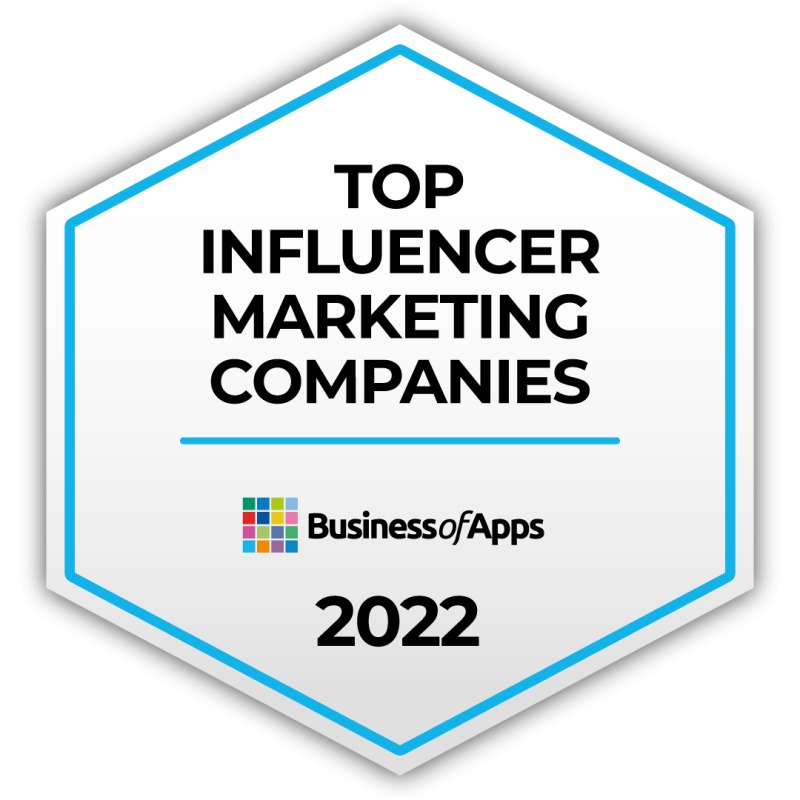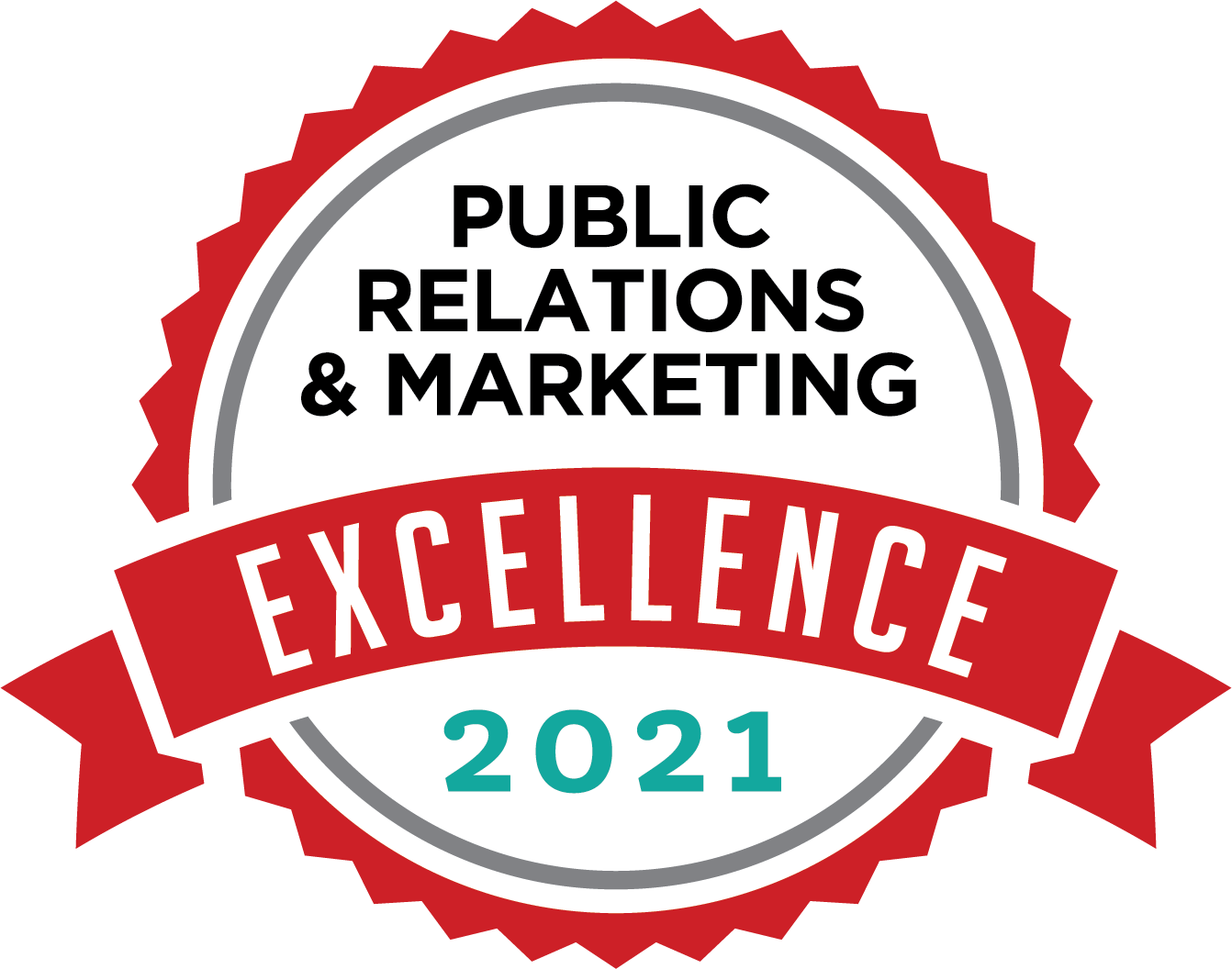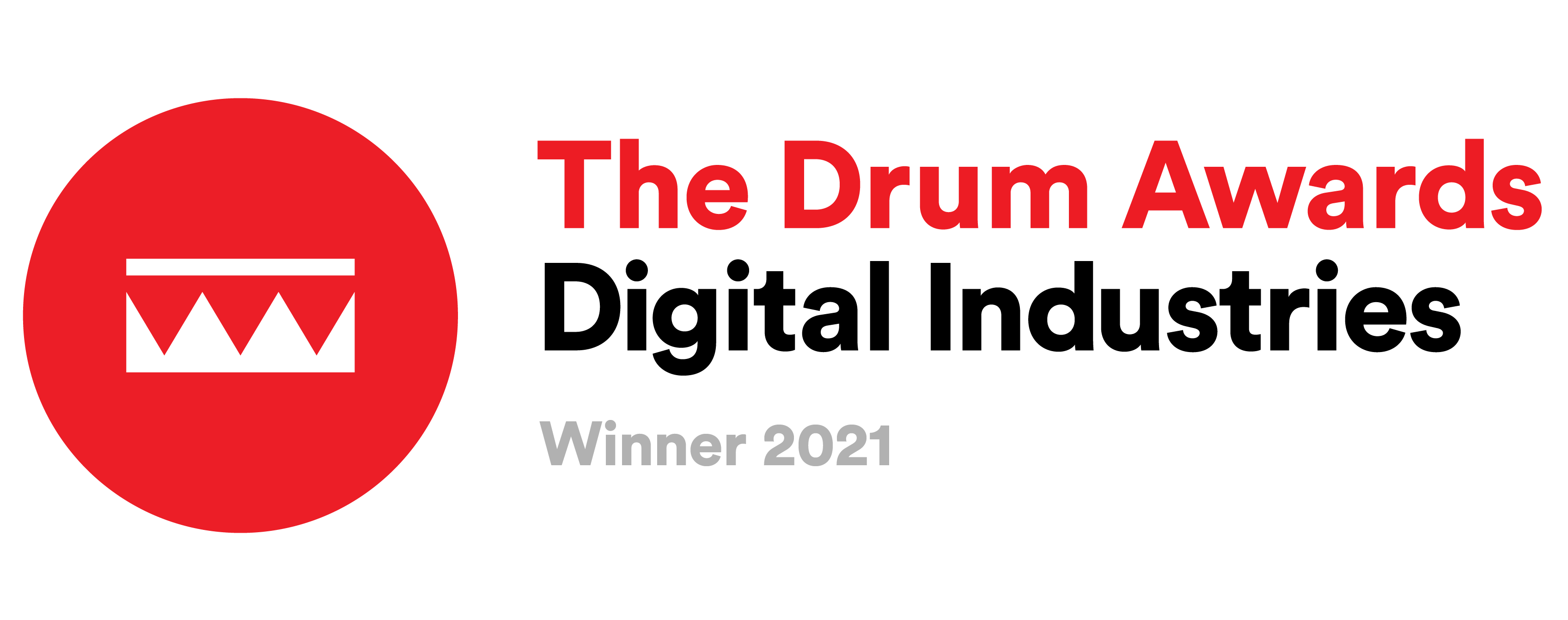CRO in SEO – How to Optimize a Site for Both Conversions & Search Engines?

Have you invested all your energy and time into crafting an exceptional SEO strategy to drive highly accurate and relevant traffic to your website, only to find yourself wondering why all this traffic isn’t converting into customers? You’re not alone.
Many marketers focus heavily on increasing their website’s visibility and driving more visitors, often neglecting the critical step of ensuring that this traffic converts into meaningful actions, such as sales, sign-ups, or other key goals. Aligning SEO and CRO can create a powerful synergy, maximizing the impact of both strategies. In this article, we’ll explore the subtle relationship between SEO and CRO, revealing how to optimize your website to attract the right audience while effectively converting them into loyal customers or engaged users.
SEO vs. CRO: Definition and Differences
First things first, let’s look at some definitions.
SEO – Search Engine Optimization
SEO involves optimizing a website to improve its visibility and ranking in search engine results, thereby attracting organic traffic. It focuses on structuring the website to ensure its key elements are accessible to search engine crawlers while also optimizing both on-page and off-page factors. This alignment with various ranking factors helps boost the website’s overall organic visibility.
CRO – Conversion Rate Optimization
CRO focuses on increasing the percentage of visitors who convert into customers. The goal of CRO is to guide users toward completing specific actions, through clear and compelling calls-to-action (CTAs), while ensuring the funnel leading to the completion of the desired action is seamless, intuitive, and user-friendly. The strategy behind CRO is the constant optimization of the user experience and the conversion process, by conducting A/B testing on the website’s functionality, design, and UX/UI.
While CRO targets elements designed to engage users, like calls-to-action (CTAs), product descriptions, visualization of forms, etc.; SEO emphasizes elements that influence organic rankings, such as content targeting specific keywords, backlinks and meta tags.
How is the conversion rate calculated?
The conversion rate is the percentage of users who complete an action defined as a conversion by the business or site owner. It is calculated by dividing the total number of conversions by the total number of visitors within a specific period, then multiplying the result by 100.
How to Combine SEO and CRO? 4 Practical SEO and CRO Tactics That Work
1. Align SEO strategy with CRO objectives
There are various types of actions that can be considered conversions: a purchase, a form submission, a newsletter subscription, or an e-book download, to name a few.
Whatever your ultimate goal may be, consider how your SEO strategy can support it based on the visitor’s phase in the user funnel when accessing a specific section of your site. At the same time, evaluate whether your CRO efforts might unintentionally harm your SEO performance.
Ask yourself:
- Does the content include CTAs placed strategically to guide users effectively?
- Could elements designed to encourage user action negatively impact SEO performance (e.g., slowing page loading speed)? Are there any distracting elements on the page (e.g., excessive pop-ups or animations) that could negatively impact SEO?
- Is the conversion funnel clear and intuitive from the user’s perspective?
- Are internal links guiding users to related, high-value pages that support the overall conversion journey
2. Place the right CRO elements on pages with the correct user intent
When crafting a CRO strategy that combines with SEO efforts, one of the first questions should be, Is the content on this page targeting users with the correct intent (e.g., informational vs. transactional)?
In other words, If a user visits a specific page seeking information, should your focus be on converting them at this stage, or would it be more effective to engage them and encourage further exploration of the site, guiding them to more conversion-oriented pages?
When conducting keyword research for a page’s content, it’s important to consider the intent behind the keywords.
If your article targets informational queries, it’s often better to include CTAs that guide readers to the next step in their journey, rather than trying to convert users who are primarily seeking knowledge about a topic.
For example, if my website sells nutrition supplements, my ultimate goal is to get users to purchase my product. However, if someone arrives at my site after searching for something like “what are the side effects of folic acid consumption,” I can assume they are looking for information about potential side effects, not to buy folic acid. For this audience, I’d craft an article that provides valuable information about what folic acid is, who should use it, its benefits, and its side effects. In this case, trying to convert the reader wouldn’t be ideal since they are in an information-gathering phase—at the top of the funnel.
On the other hand, if a user searches for “how much folic acid should I take in week 14 of my pregnancy,” this indicates higher intent. The page targeting this query could include elements designed to nudge the reader toward becoming a buyer, as they may be closer to making a decision.
If a user types “buy folic acid online,” they clearly have strong purchase intent. In this case, the page should include conversion-focused elements, such as clear CTAs, product details, and trust signals, to make the buying process as seamless as possible.
There are 4 main search-intent groups:
- Navigational: When a user seeks a specific website or webpage.
- Informational: When a user searches for particular information or answers to a question.
- Commercial: When a user explores products or services, often comparing options, but isn’t yet ready to make a purchase.
- Transactional: When a user is prepared to make a purchase or complete another type of conversion.
When conducting keyword research in SEMrush, you can see the letter next to the query, indicating the search intent (I for informational, C for commercial, etc.):
Your CRO elements should ideally be placed on pages that provide mid-funnel content (commercial/transactional). However, remember that a conversion doesn’t have to be the final step; it can be any action that moves your user closer to achieving your business goal.
For instance, while a conversion for an e-commerce site might be a purchase, you can also encourage users to take meaningful actions on informational content pages.
For example, let’s say your site offers online guitar lessons. A user searching for information about the differences between classical and acoustic guitars may not yet be ready to purchase a lesson pack. However, on an informational page where you educate the reader about these differences, you can invite them to download a free chords e-book. This type of conversion can spark their interest and eventually lead them to pursue guitar learning more professionally – using your paid online tutorials.
3. Improve User Experience to boost both CRO and SEO
One of the key SEO ranking factors is user engagement. It’s not enough to simply drive traffic to your website – the algorithm also evaluates whether your site’s content (both visual and written) is unique and valuable enough to keep users interested and encourage them to take specific actions.
User engagement is measured in various ways, such as the time spent on the site, the number of pages visited per session, and interactions with the page’s content (e.g., clicks, navigation, form submissions).
As you can imagine, this creates a kind of circular effect: to achieve higher engagement, you need to provide a better user experience with an intuitive and seamless UI. A good UI/UX design is likely to result in higher user engagement, which, in turn, improves the site’s organic ranking. This helps attract more relevant visitors, who are then more likely to engage with the site, continuing the positive cycle.
Some factors to consider when optimizing user experience:
- Page load speed – Test your page’s core web vitals to assess its loading speed and interactivity. Slow loading times or elements that fail to function as expected can frustrate users and increase bounce rates, negatively impacting both CRO and SEO.
- Mobile friendliness – Mobile-friendly pages enhance the user experience and improve SEO rankings. From a CRO perspective, in today’s world, where mobile usage dominates, it’s crucial to assess how well your website pages adapt to various devices, as you have to assure that users can visit, interact and convert from any device.
- Conversion process and user funnel – Have you managed to capture the attention of a user interested in taking the action you’ve set as your conversion goal? Amazing! Now, you need to ensure this user actually completes the action. Many websites make the mistake of implementing a complex and exhausting conversion funnel, requiring excessive information and too many steps, which can frustrate users and cause them to abandon the process before completing the conversion. Test your conversion process to ensure it’s streamlined and reduces the number of required actions to a minimum, providing users with a simple and user-friendly experience. Remember—once the user has converted, you can always request additional information at a later stage.
- Content structure: Ensure the architecture of information on your site is well-organized, allowing intuitive navigation and seamless action-taking.
4. Test, test, and then test some more
CRO is essentially the continuous testing of various elements on a site, meant to increase the percentage of visitors who convert.
From an SEO perspective, it’s possible to test different variations of content to determine which version converts better. You might test structure, targeted keywords, CTAs, or even metadata.
From a CRO standpoint, all elements within the conversion funnel can be tested – from the tone of voice used in CTAs to the color of the submit button.
While testing is an integral part of the CRO process, there are a few key considerations to keep in mind for a holistic approach to CRO and SEO:
- Testing Content Variations: Remember that Google takes time to index and rank content. Changing it too often may disrupt how Google associates the topics covered on your site with its overall theme. Frequent shifts in topics or focus can make it harder for Google to identify the core themes of your site, potentially affecting rankings.
- Avoiding Cloaking: Cloaking occurs when users see one version of content while search engine algorithms see another. This can happen during split testing (A/B Testing) if Google is served one version of a page at one time, and then a completely different version at another. Google may interpret this as webspam. To avoid this, ensure that the core essence of the page remains consistent. For example, if you’re a marketing company testing different content variations on a page about SEO services, the page should remain focused on SEO. Testing a variation about CRO on the same URL would be inappropriate.
If significant changes are indeed necessary, you can configure your testing tools to ensure Googlebot always sees the control version of the page (the original, unchanged version). This approach prevents Google from crawling and indexing the experimental version, maintaining consistency. Most A/B testing tools offer targeting rules that allow you to exclude specific visitors, such as search engine bots, from the experiment.
Optimizing a Site for Conversions and Traffic: Metrics for SEO and CRO
When optimizing a site for conversions while maintaining a strong SEO strategy, it is crucial to keep track of results, and maintain data-driven decision making.
Here are some metrics to help you measure the success of your SEO and CRO project:
- SEO Metrics:
1. Improvement in the amount of organic traffic
2. Improvement in targeted keywords rankings
3. Higher CTR (click-through rate)
4. Greater user engagement
- CRO Metrics:
1. Increased conversion rate
2. Lower customer acquisition cost & higher ROI
3.Growth in average order value
Don’t rely on intuition alone. Use analytics tools like Google Analytics and heatmaps to track your SEO and CRO progress and results effectively.
Final Thoughts
CRO or SEO? Many ask themselves which strategy is the right fit for their needs. While investing significant time and budget into SEO, many overlook the importance of conversion optimization. If your site ranks well for targeted queries, drives highly relevant traffic, but fails to generate business, it might be time to integrate CRO efforts into your marketing strategy.
SEO and CRO are designed to work hand-in-hand, offering a holistic solution for website owners who aim not only to attract a high volume of visitors but also to achieve a strong conversion rate among those relevant users.
Remember, it’s not just about getting people to your site—it’s about turning those visitors into loyal customers. With the right balance of SEO and CRO, you can create a website that both attracts and converts, setting the stage for long-term success.
If you want the best CRO service – don’t hesitate to contact yellowHEAD today. We would be happy to offer you free CRO consultation.


















